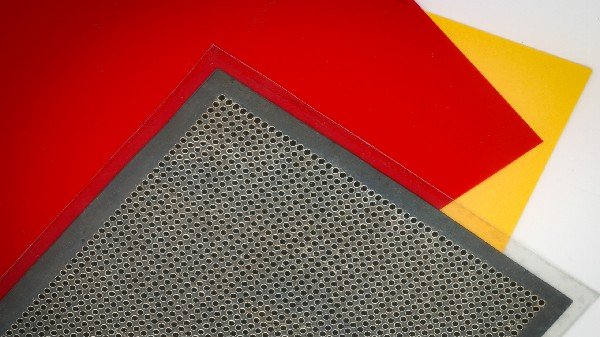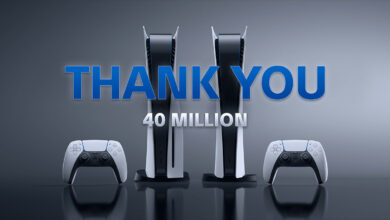
Scientists Develop Paper-Thin Speakers: Next Leap In Audio Industry?
[ad_1]
Features
oi-Vishal Kawadkar
Every few years, speakers become better — packing in more bass, better at balancing vocals, sound processing, among other upgrades. But what if we told you that you’ll soon be able to turn your walls into one big speaker? Yeah, that’s right! MIT scientists have developed something unique.

The team has created a new kind of paper-thin loudspeaker that is lightweight and can be attached to a lot of surfaces. While all that sounds futuristic, such complicated and expensive technologies could see a lot of hiccups in commercialization. However, this speaker claims to do exactly the opposite.
The Science Behind The Speakers
According to MIT News, the speaker can be built by following three steps. The speakers use polyvinylidene fluoride film (PVDF), which has piezoelectric properties and has been used for speakers for the last five decades.
The team has applied a perforated layer of PET plastic to the sheet of PVDF, which when treated with heat in a vacuum makes the PVDF squeeze through perforations, making several small domes. It’s like a very small bubble wrap capable of producing more than just a popping noise.
Use Cases For Mainstream Devices
Instead of making the whole sheet of PVDF material vibrate, the process makes the domes vibrate. Besides, the PET layers provide structural integrity for the material to bend and be attached to walls without interfering with the sound.
OEMs can use this tech and tweak the acoustic properties of the material by resizing and rearranging the domes, paving the way for other interesting applications. Moreover, the material’s weight and flexibility also mean it could be used as wallpaper.
Apart from creating an immersive experience using this design, the ability to cover large areas means walls can be turned into noise-canceling surfaces, preventing outside noises from filtering into a house. It could work for regular speakers too, but positioning could be a major hurdle in a practical sense.
When Will Hit The Markets?
If this technology goes mainstream, it could be a boon to mobile devices. It is hard to fit large traditional drivers onto smartphones and laptops as they eat up a lot of space. The PVDF speakers could instead occupy the whole surface area of the phone without any significant volume or power demands.
The researchers still have a long way to go before these paper-thin speakers hit the market. For starters, reproducing bass in large quantities could be a task, and how cost-effective its design could be is still questionable.
Best Mobiles in India
[ad_2]
































